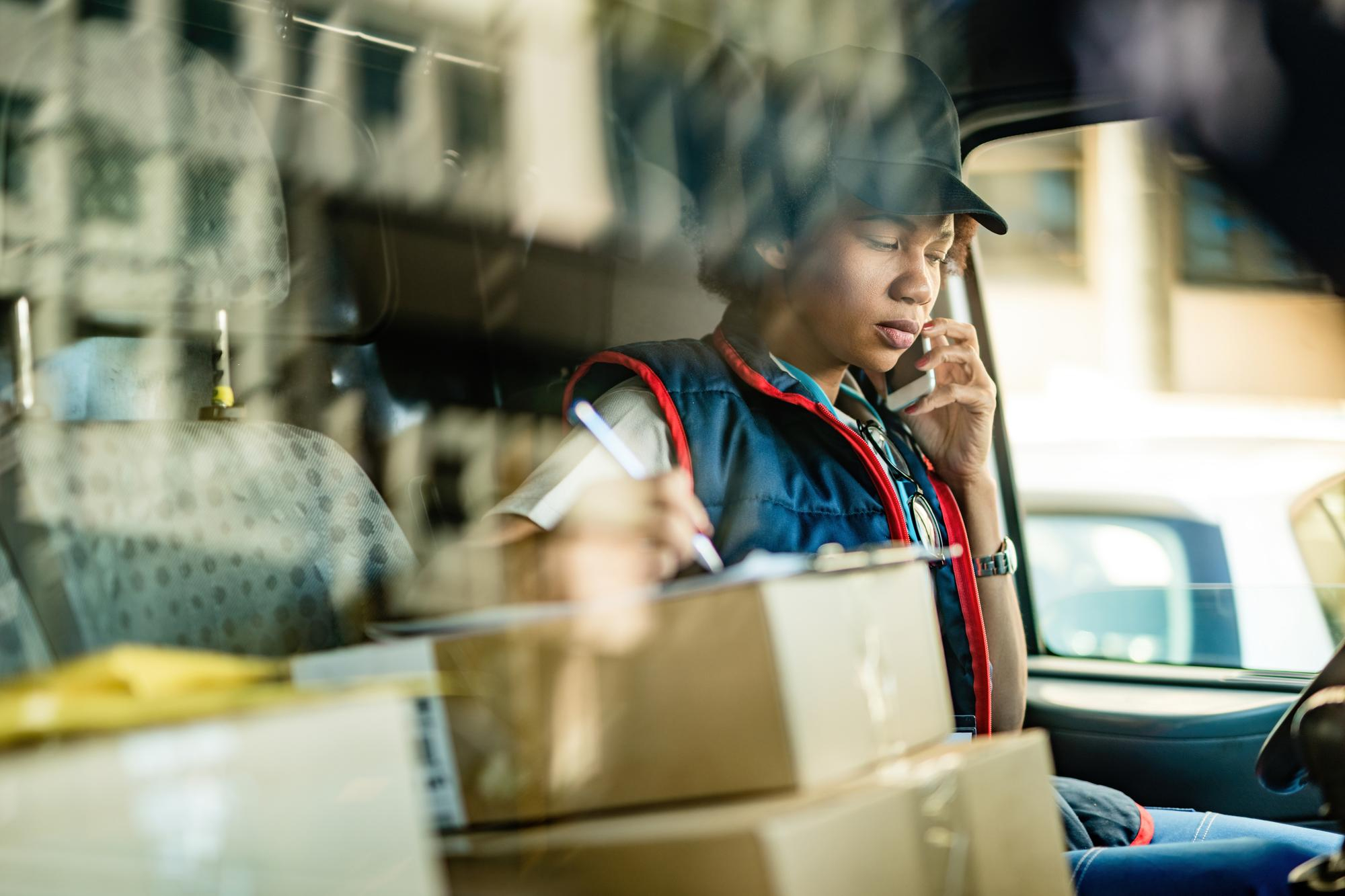Global Opportunities
Access job opportunities across the globe in various industries.
How to pack
Proper packaging is a critically important step in ensuring the integrity, safety, and
hygiene of your products during transport. It is also essential to shield them from the
influence of atmospheric agents. The process of packaging is a fundamental aspect of the
shipping process, and it is often underestimated, with some assuming that it cannot be a
significant factor in potential loss or damage to the package's contents.
Efficient and meticulous packaging is key to safeguarding the contents from loss or damage.
Therefore, it's essential to approach this task with great care and adhere closely to the
instructions we provide. Once your items are appropriately packaged, it's crucial to affix
all required labels to the package and ensure they are clear and legible. Even in the case
of items like luggage or gifts that may already have external packaging, it is still
advisable to place them within an additional protective box to preserve their contents.
There are various materials that can be used to create correct, resistant and safe packaging, obviously you need to choose the most suitable packaging material for the type of shipment you want to make.
To ship items that contain liquids, sturdy wooden crates must be used.
Whether the container is glass or plastic, the container must be positioned
vertically, using an internal seal and a cap. Furthermore, the bottles must
be separated from each other at all times.
inside the packaging using
cardboard or shockproof material. Alternatively, it is also possible to use
sturdy cardboard boxes (Secure Pack) which adapts to all types of bottles
To ensure the safety of workers, items with unusual shapes (with edges or
points) must be packaged with different materials.
Heavy products must
always be protected by bubble wrap or filling materials, and must be placed
in reinforced boxes or alternatively, must be placed on pallets secured with
straps or special wooden crates.
To send IT, electronic or similar material, foam rubber or polystyrene must
be used depending on the weight and size of the goods.
Once the
packaging
has been completed, the goods must be placed inside containers of suitable
dimensions (cardboard boxes or wooden crates). wood)
To package paper material, such as newspapers, publications, reams of paper or brochures, padding material must be used and the goods must be placed in document boxes or shockproof plastic bags.
Objects such as bicycles, furniture, pipes, require special packaging to
prevent them from bending, flexing or being damaged during transport.
For
this reason we recommend making the shipment volume as small and compact as
possible by removing each removable piece, wrapping it with packaging
material and placing it inside the box.
Correct preparation of the
goods and
packaging will facilitate the transport and safety of the goods and also
represents a significant economic saving.
To pack barrels or drums containing liquids or powders, they must be secured to the pallet due to their excessive weight. Make sure that the weight does not exceed the limit supported by the pallet and use shockproof cardboard or wooden material between the barrels, under the straps or straps to stabilize the load, finally, make sure that the load is concentrated as much as possible in the center of the pallet .
The SIOPAY project operates at the heart of a dynamic and thriving network within the market. With our comprehensive management application, you gain access to a range of services designed to empower your business, enhance its visibility, and help you establish a robust local network.

Access job opportunities across the globe in various industries.
Our support team is available 24/7 to assist you with any queries.
We ensure a secure and trustworthy platform for both employers and job seekers.
Submit applications easily and track your progress on the platform.